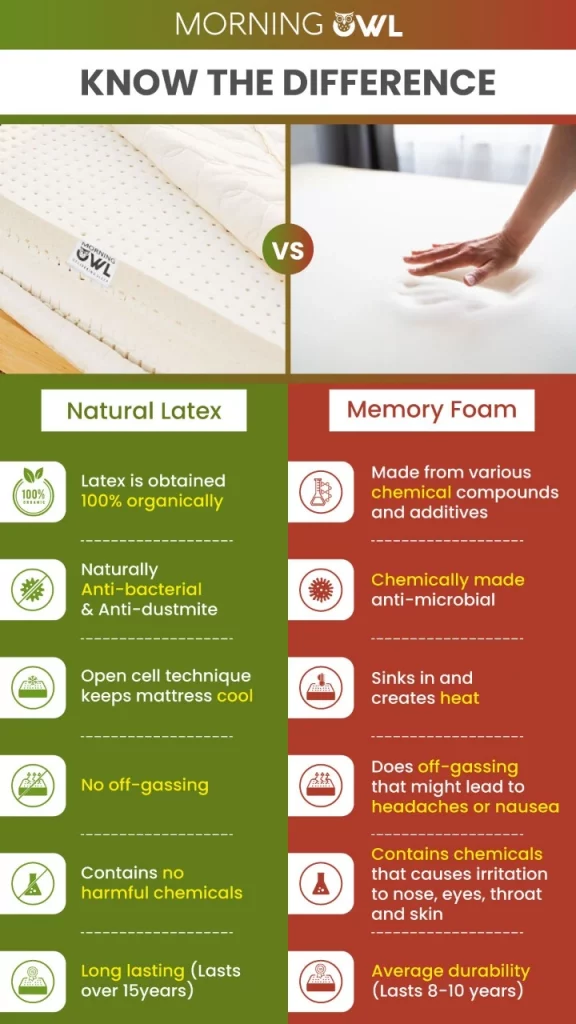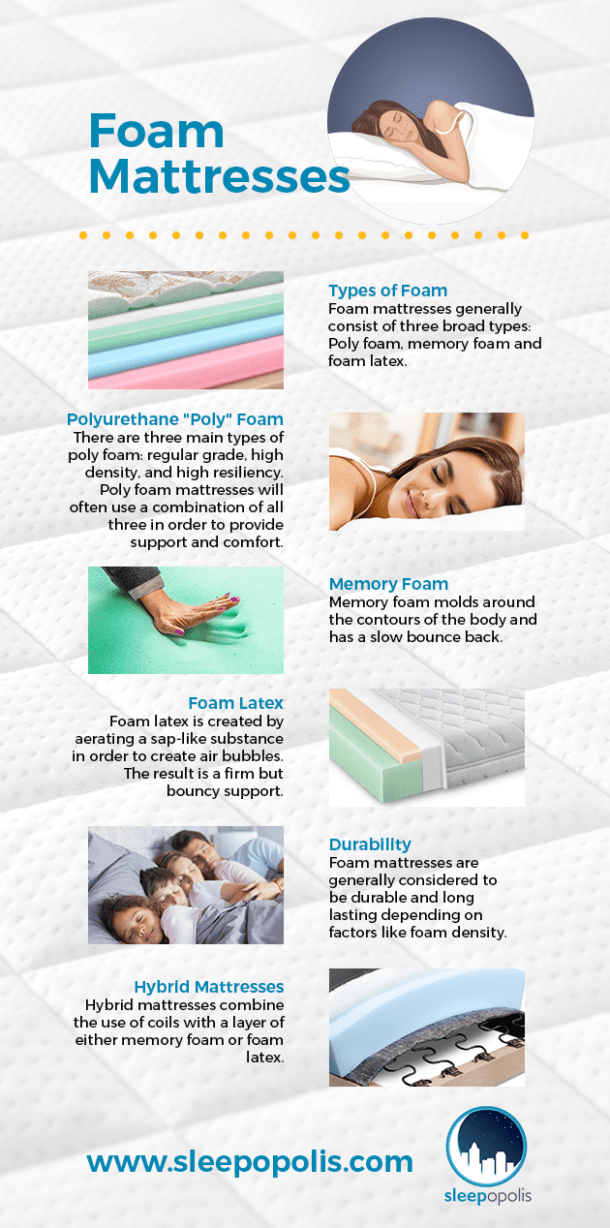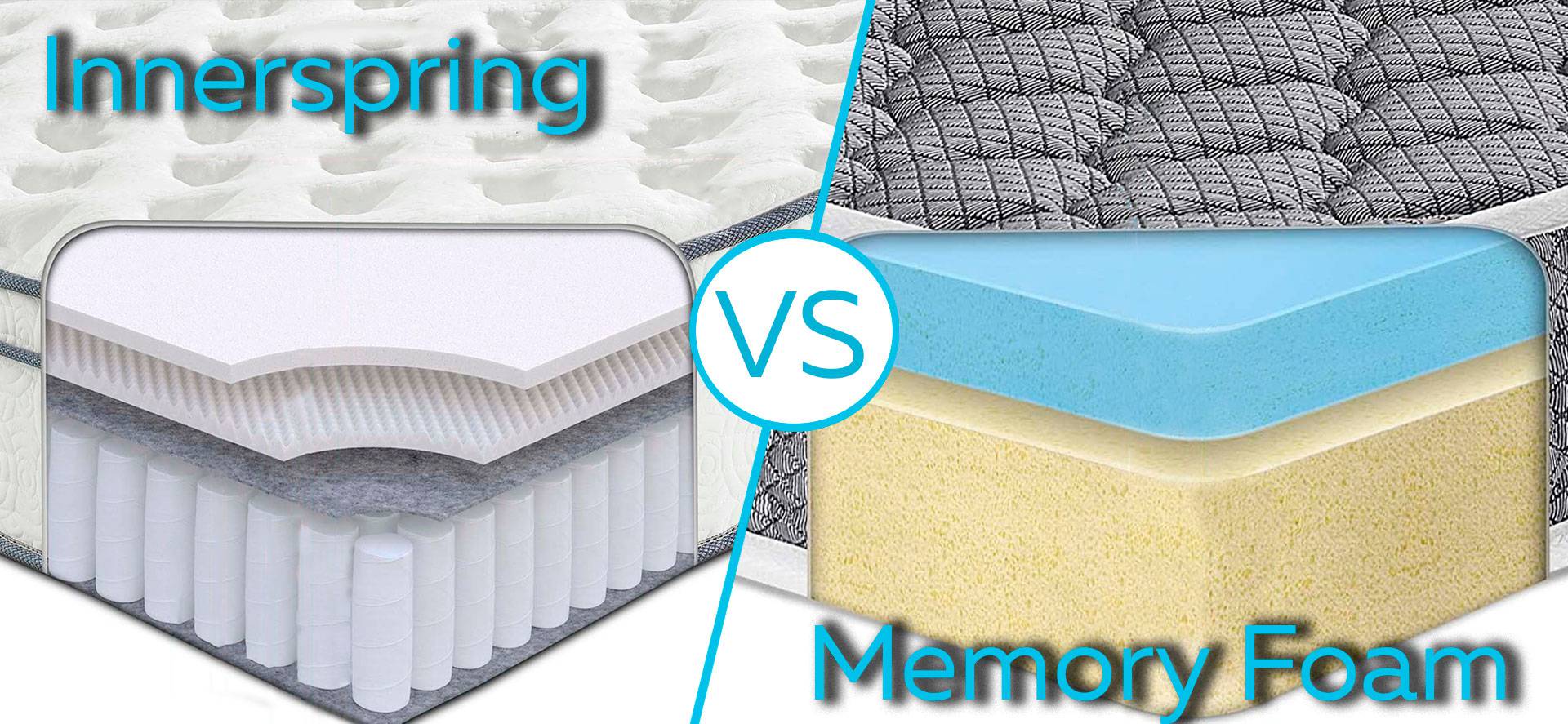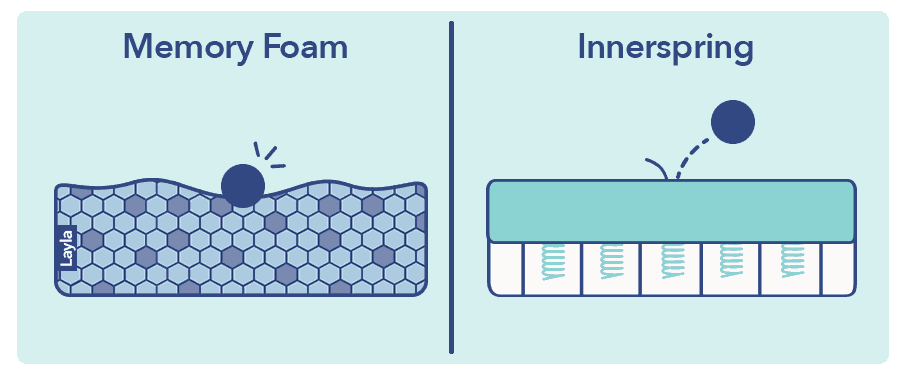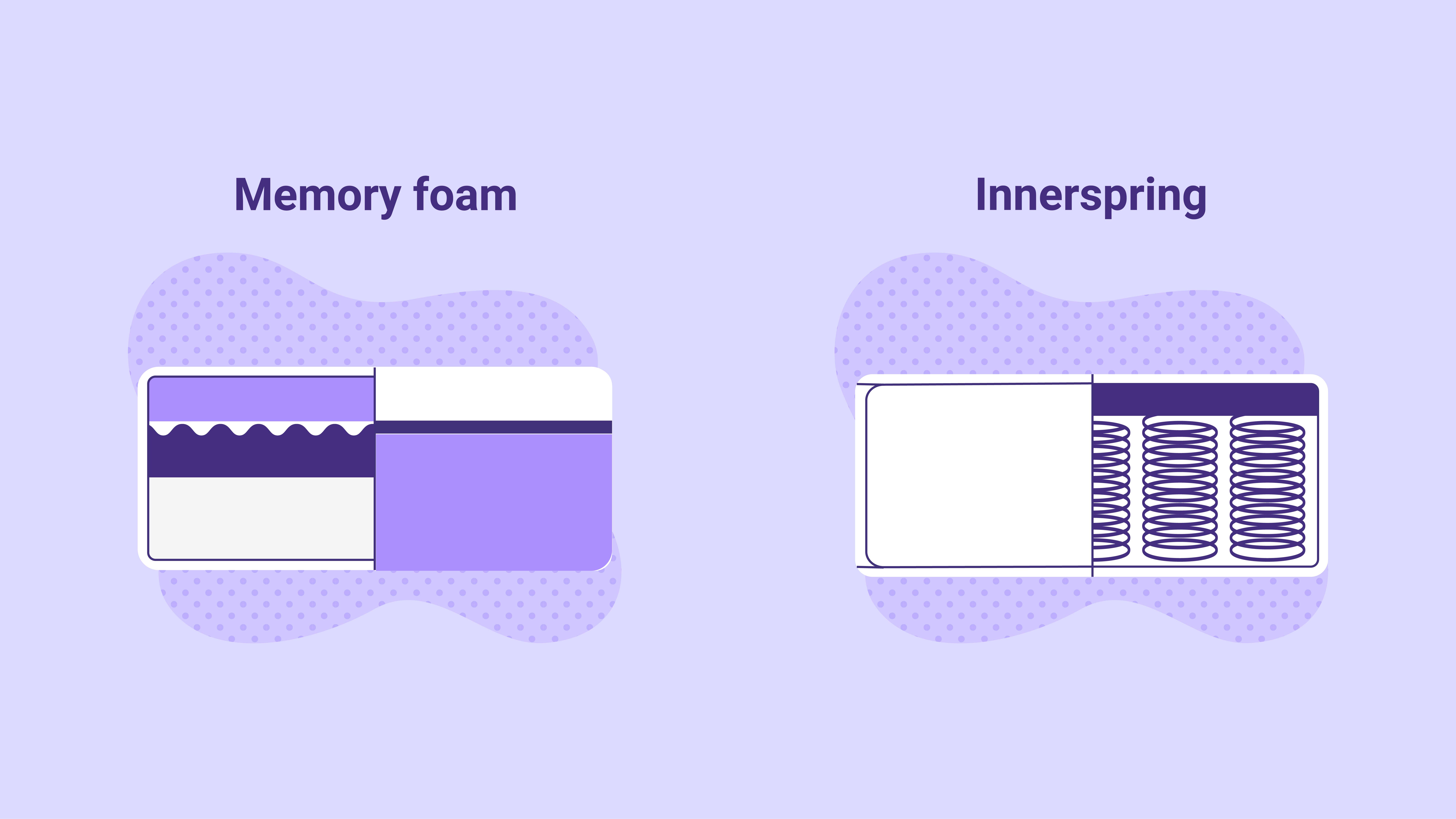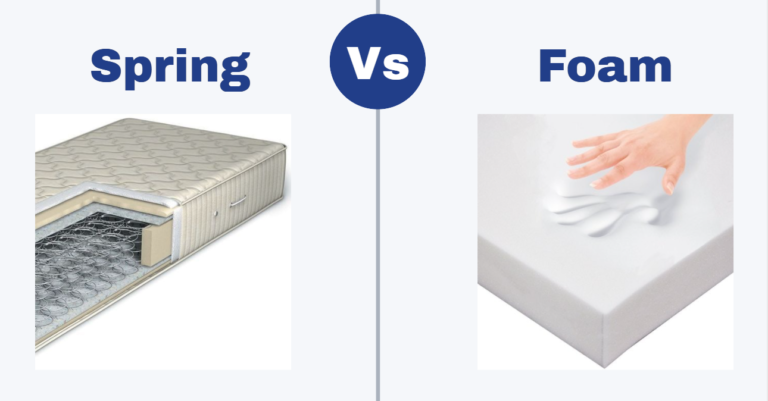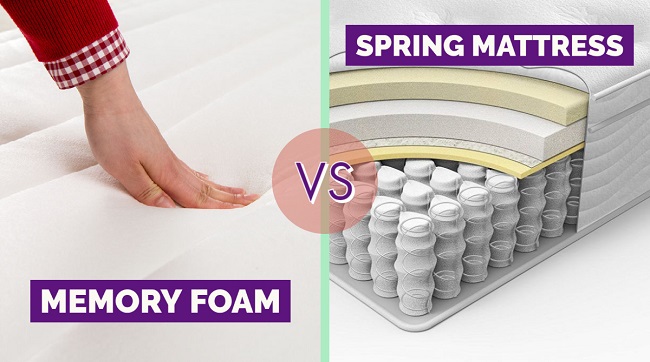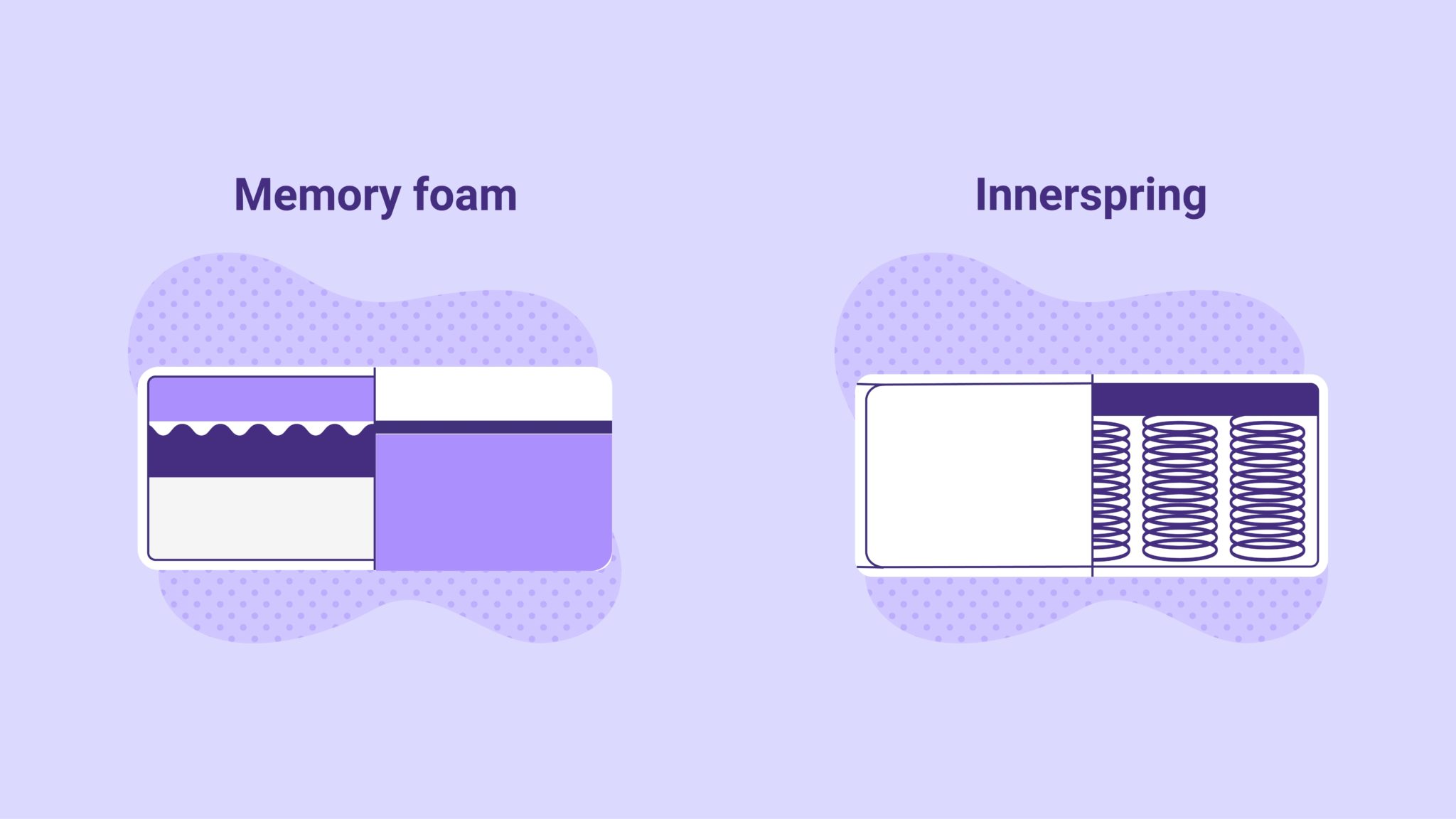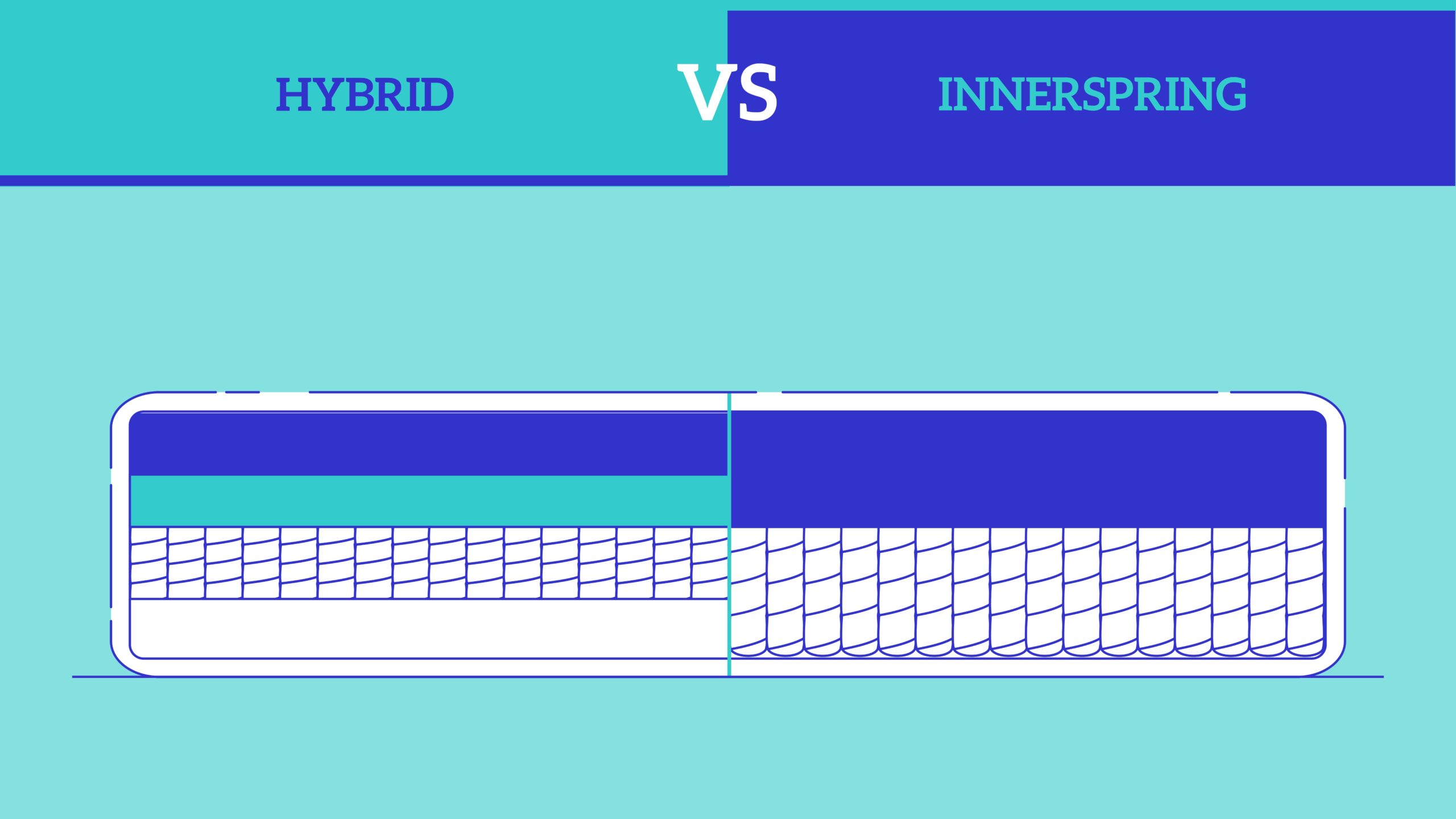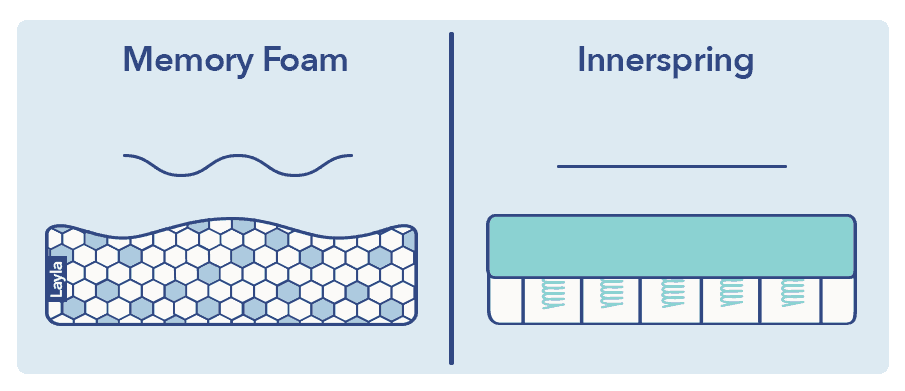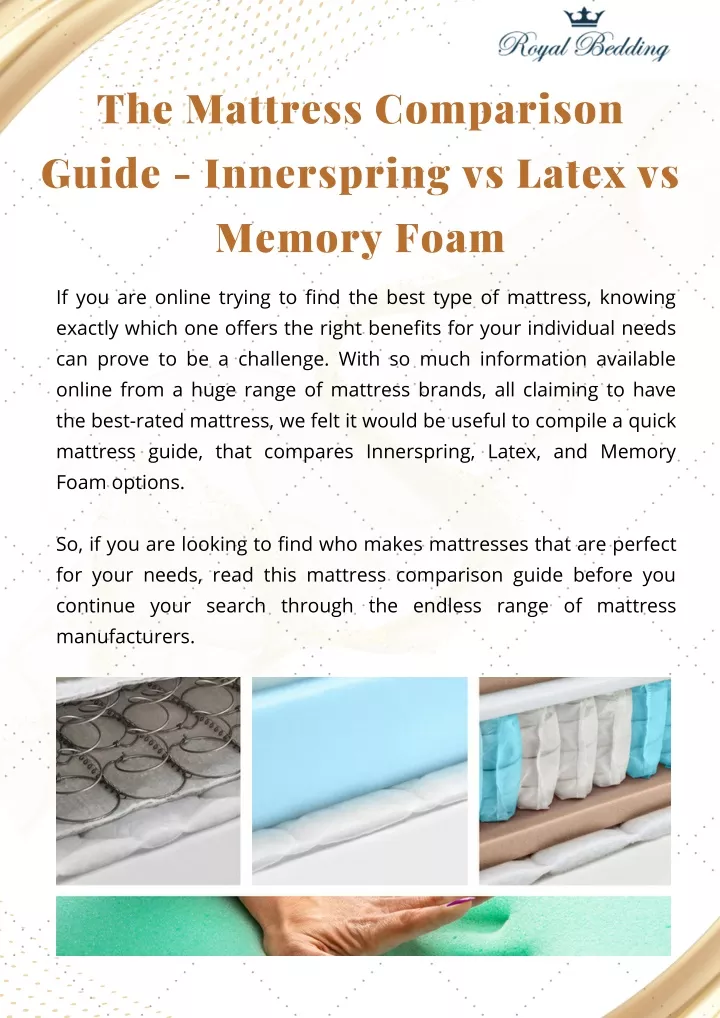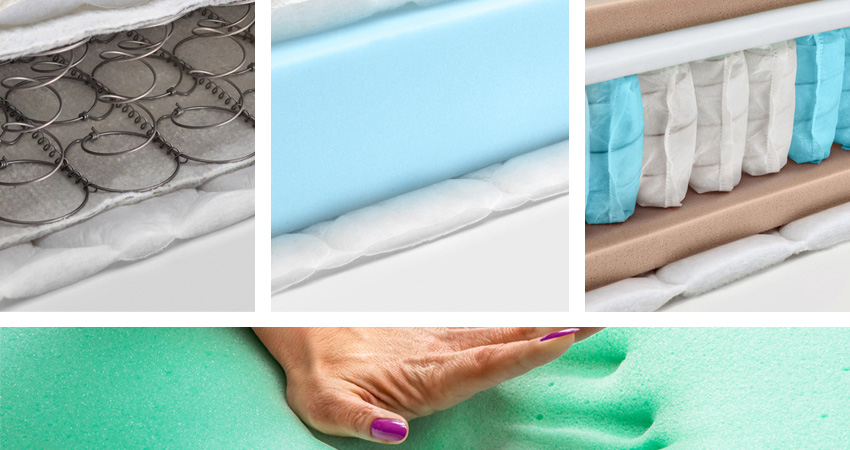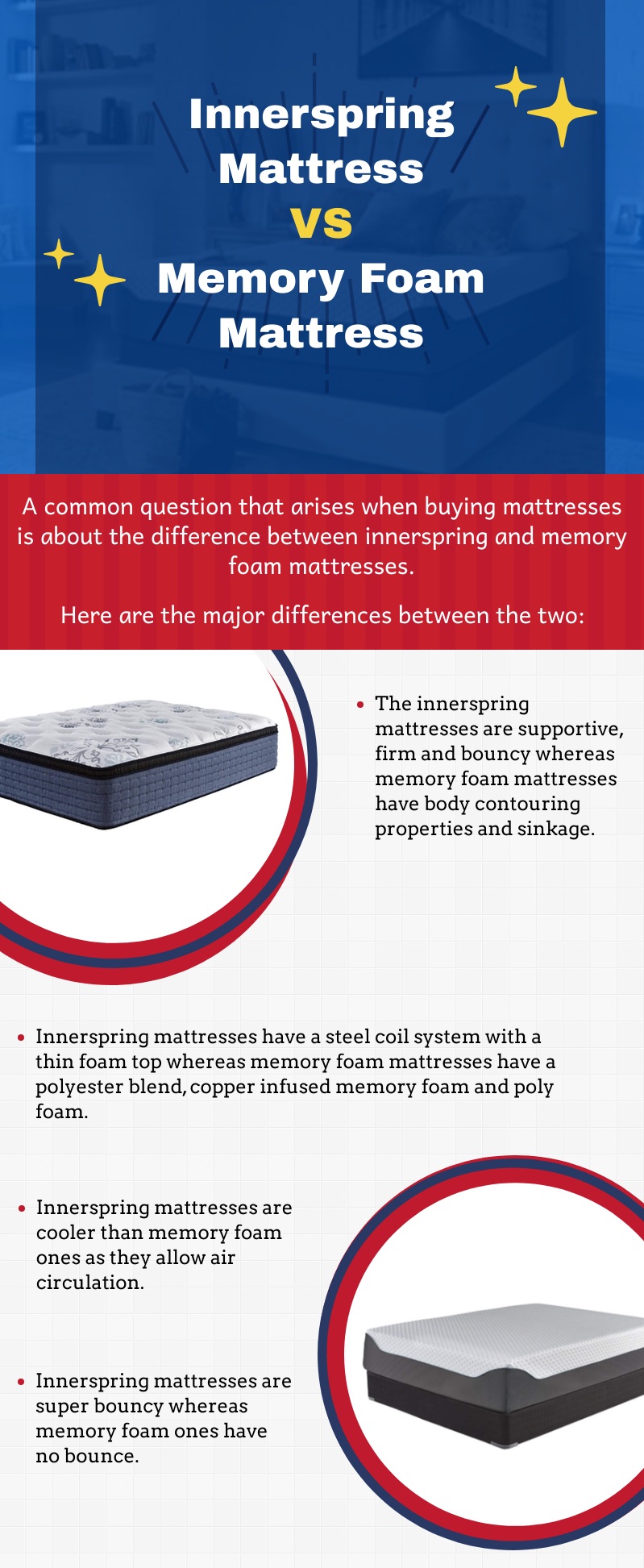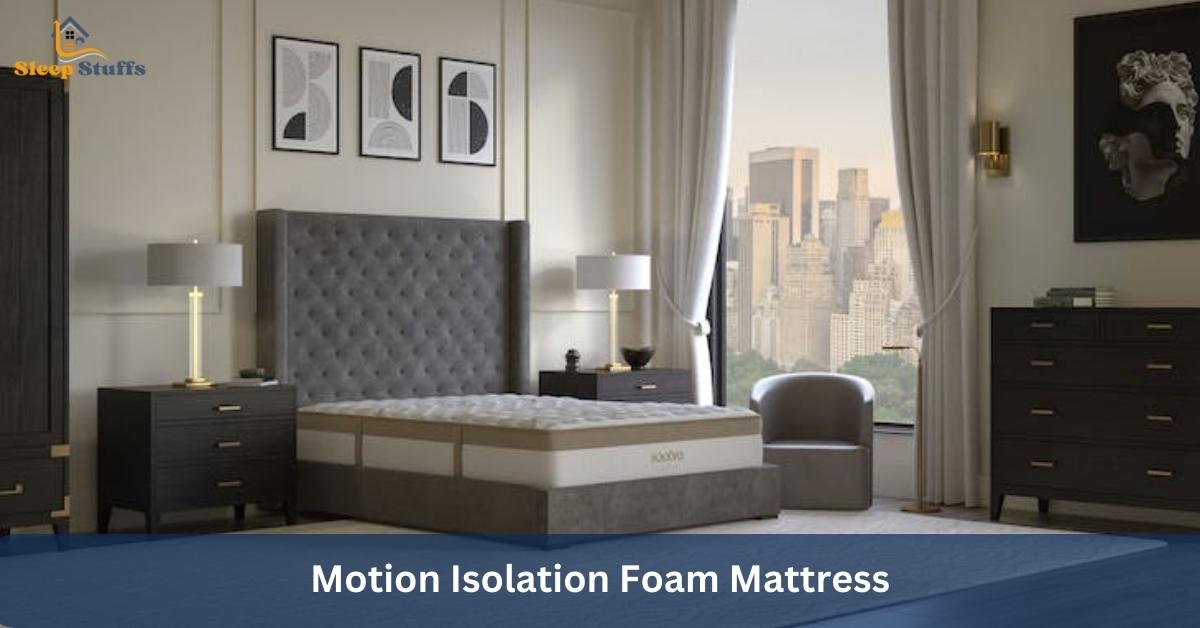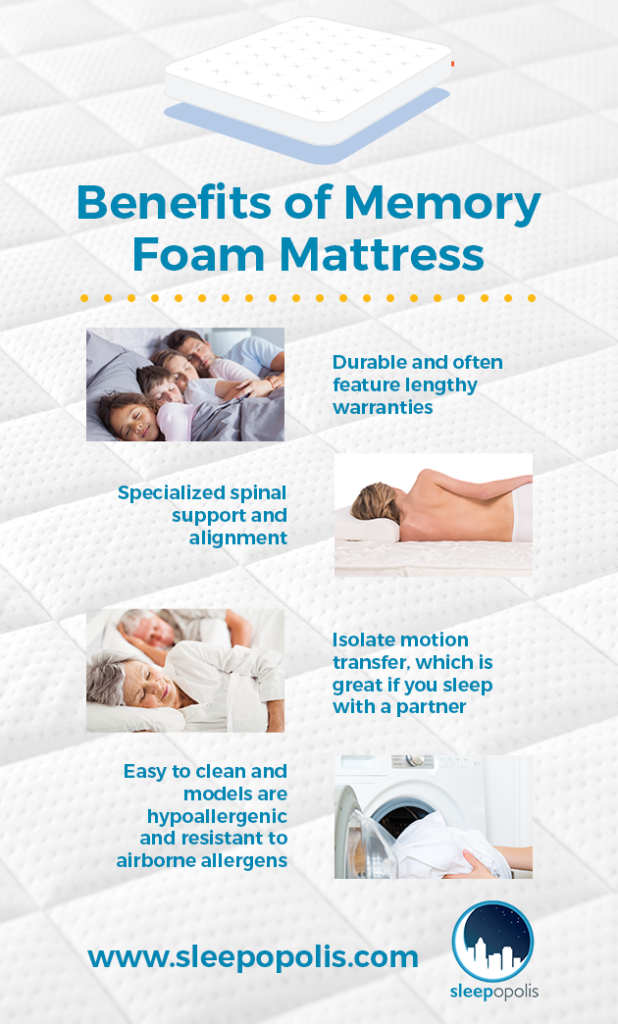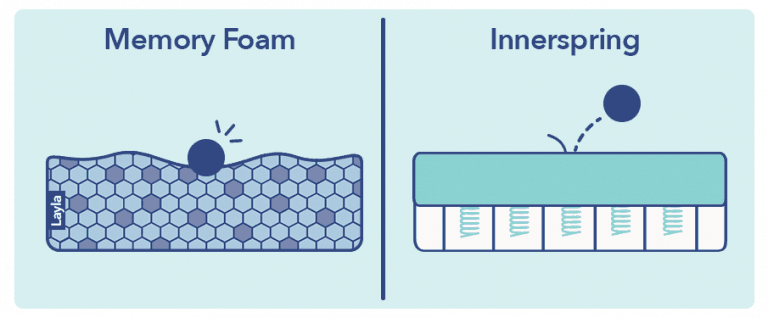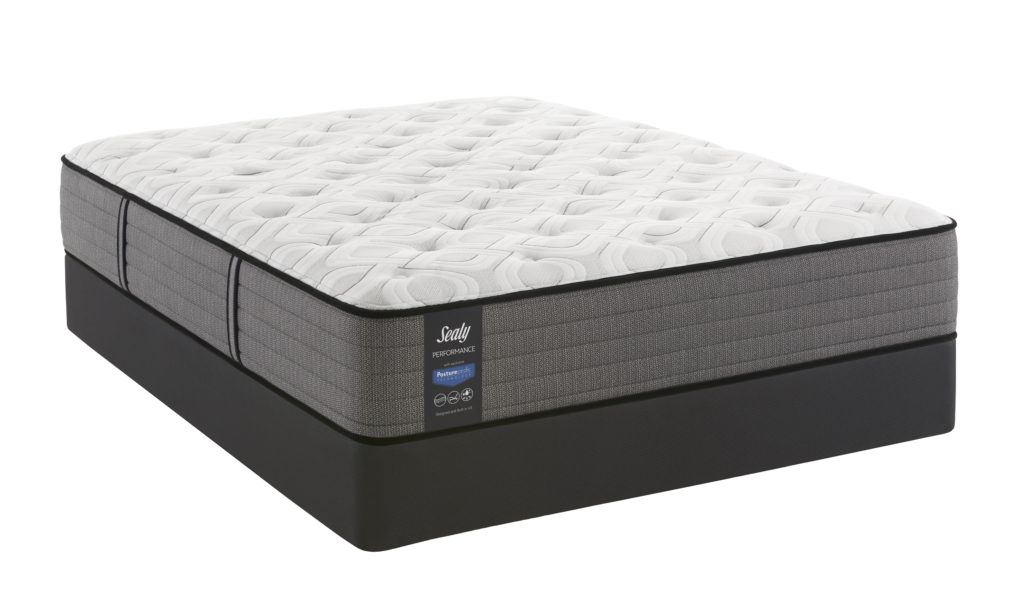Choosing the right mattress can be a daunting task, especially with so many options available in the market. Two of the most popular options are foam and innerspring mattresses. While both offer their own set of benefits, deciding which one is better for you can be a tricky decision. In this article, we will compare foam and innerspring mattresses to help you make an informed decision.Foam vs Innerspring Mattress: Which One is Better?
Let's start by discussing the pros and cons of both foam and innerspring mattresses. Foam Mattress Pros:Foam vs Innerspring Mattress: Pros and Cons
Now, let's take a closer look at the differences between foam and innerspring mattresses. Support: Foam mattresses are known for providing excellent support as they contour to the body's shape, distributing weight evenly. This makes them a great choice for side sleepers or those with back pain. Innerspring mattresses, on the other hand, may offer good support for back and stomach sleepers, but may not be as comfortable for side sleepers or those with back pain. Comfort: Both foam and innerspring mattresses offer different levels of comfort. Foam mattresses are known for their plush and cushioning feel, making them ideal for those who prefer a softer feel. Innerspring mattresses offer a bouncier and firmer feel, making them a good choice for those who prefer a more traditional mattress feel. Durability: When it comes to durability, foam mattresses have an edge over innerspring mattresses. Foam mattresses are made from high-quality materials and can last up to 10 years or more, while innerspring mattresses may need to be replaced after 5-7 years. Price: Innerspring mattresses tend to be more affordable compared to foam mattresses. However, due to their durability, foam mattresses may offer better value for money in the long run.Foam vs Innerspring Mattress: Comparison and Differences
One of the most important factors to consider when choosing a mattress is comfort and support. Both foam and innerspring mattresses offer different levels of comfort and support, and it ultimately depends on your personal preferences and sleeping positions. Foam mattresses are known for their cushioning and plush feel, making them ideal for side sleepers or those with back pain. The foam contours to the body's shape, providing targeted support and pressure relief. Innerspring mattresses, on the other hand, offer a bouncier and firmer feel, making them better for back and stomach sleepers.Foam vs Innerspring Mattress: Comfort and Support
When it comes to durability, foam mattresses have the upper hand. Foam mattresses are made from high-quality materials and can last up to 10 years or more, while innerspring mattresses may need to be replaced after 5-7 years. This is due to the fact that foam mattresses are less prone to sagging and wear and tear compared to innerspring mattresses.Foam vs Innerspring Mattress: Durability and Longevity
In terms of price, innerspring mattresses are generally more affordable compared to foam mattresses. However, considering the longevity and durability of foam mattresses, they may offer better value for money in the long run. Additionally, foam mattresses may also come with longer warranties, giving you peace of mind and ensuring your investment is protected.Foam vs Innerspring Mattress: Price and Value
If you share your bed with a partner, motion isolation and noise can be important factors to consider. Foam mattresses are known for their excellent motion isolation, meaning they absorb movement and minimize disturbance for your partner. Innerspring mattresses, on the other hand, may transfer motion easily, leading to disturbances in sleep. In terms of noise, foam mattresses are virtually silent, while innerspring mattresses may produce noise due to the metal coils.Foam vs Innerspring Mattress: Motion Isolation and Noise
One of the biggest complaints about foam mattresses is that they can retain heat, making them uncomfortable for hot sleepers. Innerspring mattresses, on the other hand, have better airflow, making them cooler for hot sleepers. However, many foam mattresses now come with cooling technologies like gel-infused foam or open-cell foam, making them more breathable and suitable for hot sleepers.Foam vs Innerspring Mattress: Heat Retention and Cooling
Both foam and innerspring mattresses require some maintenance and care to ensure their longevity. Foam mattresses may need to be rotated occasionally to prevent sagging and maintain even wear. Innerspring mattresses may need to be flipped and rotated regularly for the same reasons. It's also important to keep your mattress clean by regularly vacuuming and spot cleaning any stains.Foam vs Innerspring Mattress: Maintenance and Care
Choosing the right mattress ultimately depends on your personal preferences and sleeping habits. If you prefer a plush and cushioning feel, foam mattresses may be a better option for you. If you prefer a bouncier and firmer feel, then an innerspring mattress may be the way to go. It's important to consider factors like support, comfort, durability, and price to make an informed decision. Regardless of which type of mattress you choose, it's important to invest in a high-quality one that will provide you with a good night's sleep and last you for years to come.Foam vs Innerspring Mattress: Which One is Right for You?
The Battle of Comfort: Foam vs. Innerspring Mattress
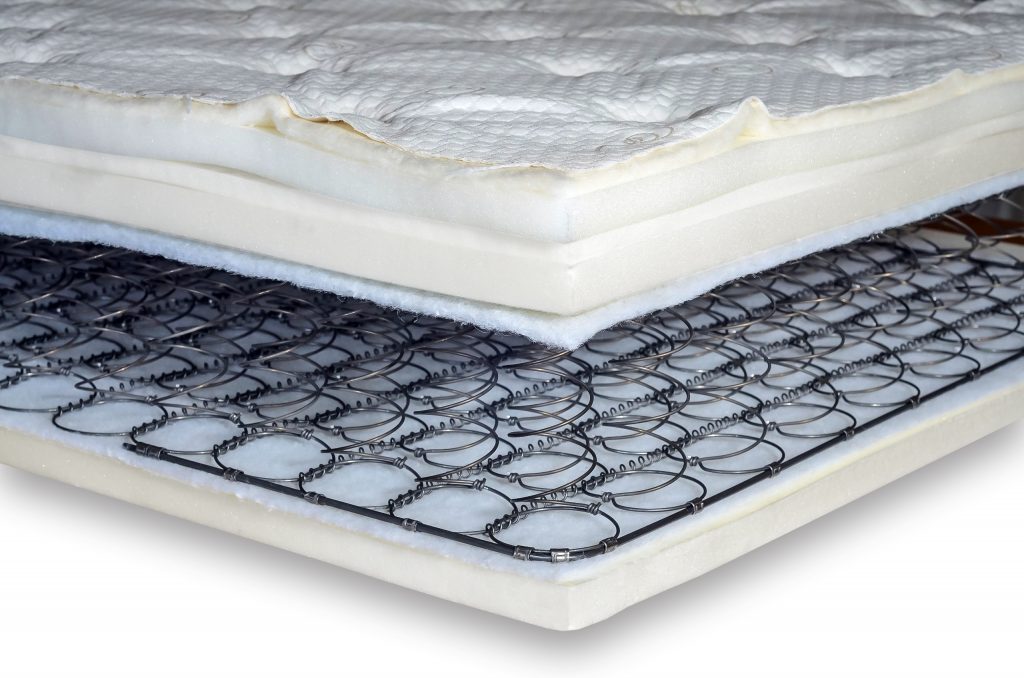
The Debate Continues
 The debate between
foam and innerspring mattresses
has been ongoing for years. Both types of mattresses have their own loyal followers, making it difficult for consumers to decide which one is the better choice. But when it comes to comfort, which one comes out on top? Let's take a closer look at the
features, benefits, and drawbacks
of each type to help you make an informed decision.
The debate between
foam and innerspring mattresses
has been ongoing for years. Both types of mattresses have their own loyal followers, making it difficult for consumers to decide which one is the better choice. But when it comes to comfort, which one comes out on top? Let's take a closer look at the
features, benefits, and drawbacks
of each type to help you make an informed decision.
The Comfort of Foam
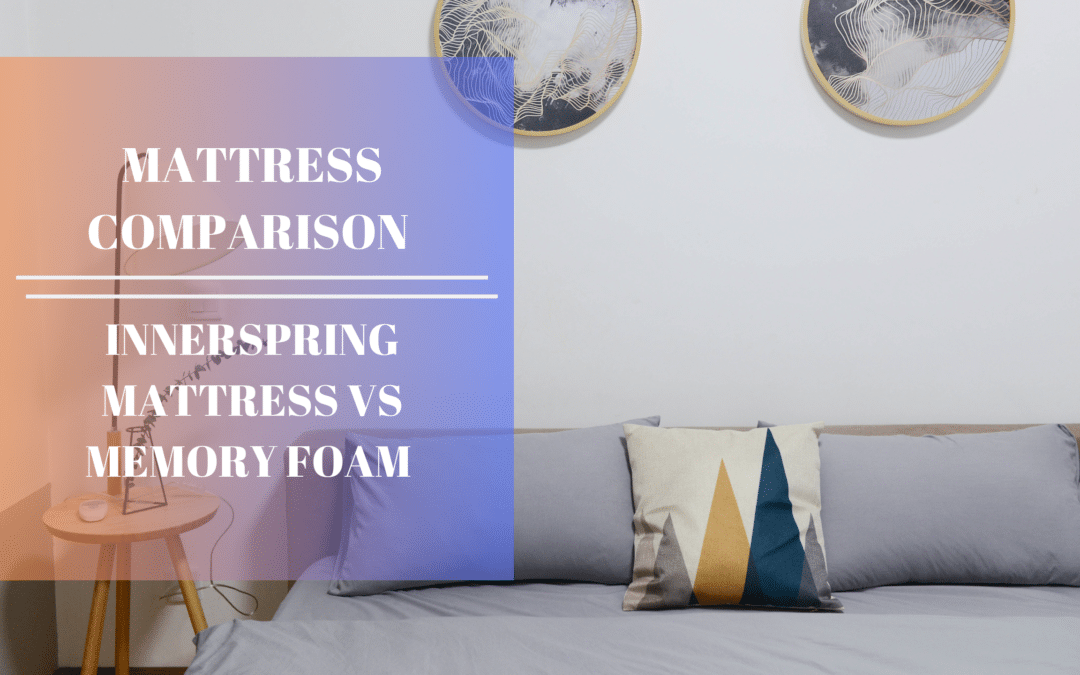 Foam mattresses
have gained immense popularity in recent years due to their ability to provide
customized support
and
pressure relief
. They are made of different types of foam, such as memory foam or latex foam, which contour to the body's shape and provide a
plush and cradling sensation
. This is especially beneficial for those with back or joint pain, as the foam helps to distribute weight evenly and alleviate pressure points. Additionally, foam mattresses are
virtually silent
, making them a great option for light sleepers.
However, one of the main concerns with foam mattresses is
heat retention
. As the foam contours to the body, it can trap body heat, causing discomfort for some individuals. This is why many foam mattresses now come with
gel-infused or breathable foam layers
to help regulate temperature.
Foam mattresses
have gained immense popularity in recent years due to their ability to provide
customized support
and
pressure relief
. They are made of different types of foam, such as memory foam or latex foam, which contour to the body's shape and provide a
plush and cradling sensation
. This is especially beneficial for those with back or joint pain, as the foam helps to distribute weight evenly and alleviate pressure points. Additionally, foam mattresses are
virtually silent
, making them a great option for light sleepers.
However, one of the main concerns with foam mattresses is
heat retention
. As the foam contours to the body, it can trap body heat, causing discomfort for some individuals. This is why many foam mattresses now come with
gel-infused or breathable foam layers
to help regulate temperature.
The Support of Innerspring
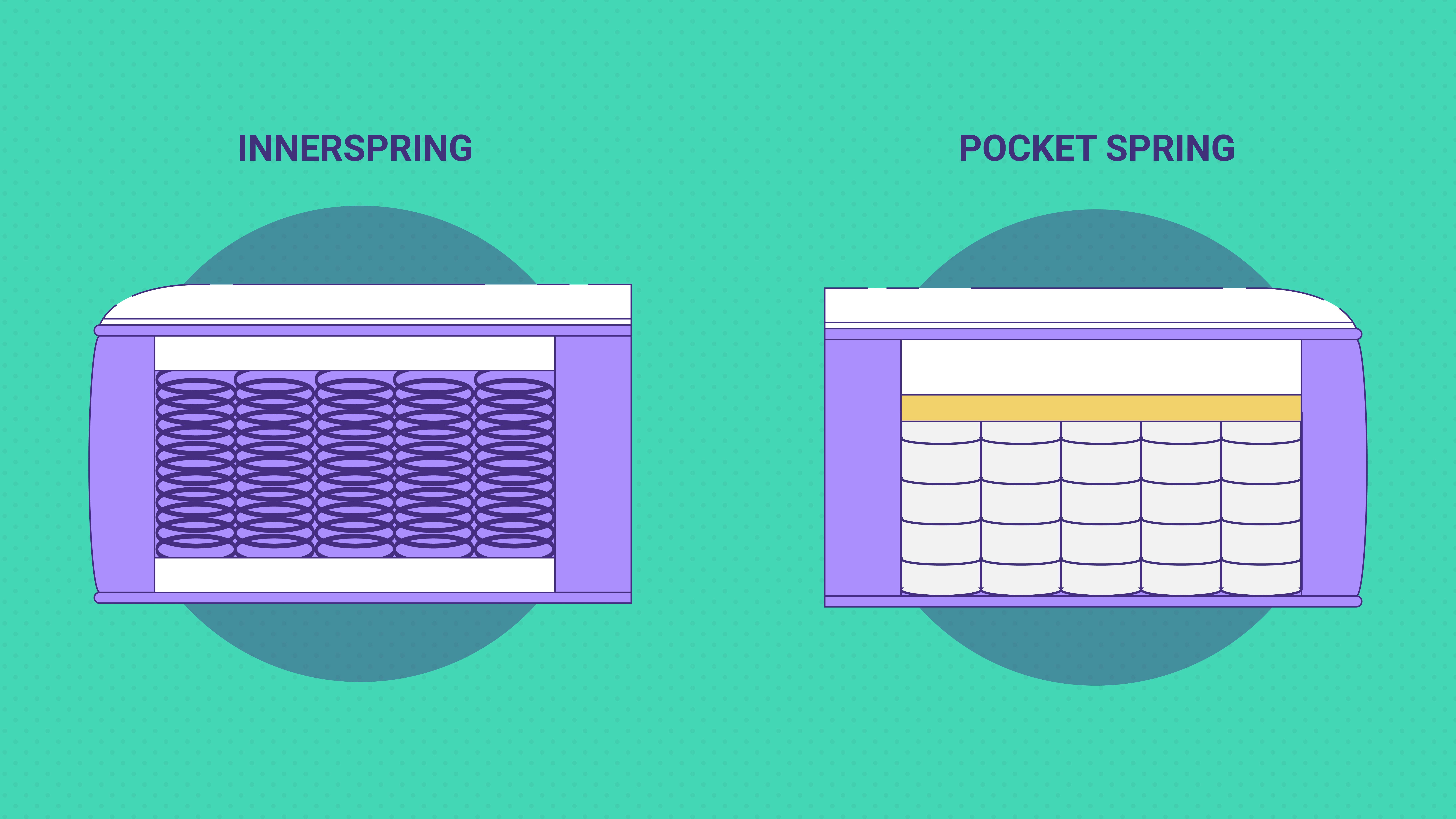 On the other hand,
innerspring mattresses
have been a popular choice for decades. They are made of a
coil support system
with layers of padding on top. This design provides
firm support
and
good airflow
, keeping sleepers cool throughout the night. Innerspring mattresses are also
durable
and have a
bouncy feel
, making it easier to move around and get in and out of bed.
However, some people find innerspring mattresses to be
too firm
, causing discomfort and pressure points. They also have a tendency to
squeak and creak
over time, which can be disruptive to sleep.
On the other hand,
innerspring mattresses
have been a popular choice for decades. They are made of a
coil support system
with layers of padding on top. This design provides
firm support
and
good airflow
, keeping sleepers cool throughout the night. Innerspring mattresses are also
durable
and have a
bouncy feel
, making it easier to move around and get in and out of bed.
However, some people find innerspring mattresses to be
too firm
, causing discomfort and pressure points. They also have a tendency to
squeak and creak
over time, which can be disruptive to sleep.
The Final Verdict
 In the end, the choice between foam and innerspring mattresses comes down to personal preference and needs. If you value
customized support and pressure relief
, a foam mattress may be the better option for you. But if you prefer
firm support and good airflow
, an innerspring mattress may be the way to go.
Whichever type you choose, it's important to do your research and
test out different options
to find the perfect fit for your comfort needs. After all, a good night's sleep is essential for overall health and well-being.
In the end, the choice between foam and innerspring mattresses comes down to personal preference and needs. If you value
customized support and pressure relief
, a foam mattress may be the better option for you. But if you prefer
firm support and good airflow
, an innerspring mattress may be the way to go.
Whichever type you choose, it's important to do your research and
test out different options
to find the perfect fit for your comfort needs. After all, a good night's sleep is essential for overall health and well-being.
